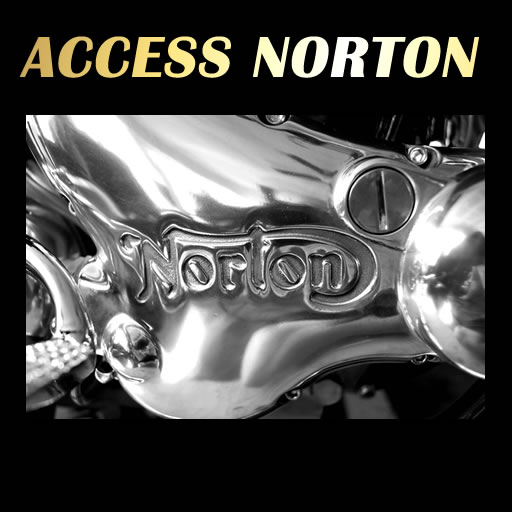Haven't come across any info around the norton lockheed caliper story/history, how it came about? who was involved? only norton? why? etc...
triumph ended up with lockheed something else? lockheed greeves copy?
Lockheed and Grimeca
Calipers?
Girling Alloy CP2696 Type Brake Caliper - Triumph/BSA/Norton Disc Brake Models?

en.wikipedia.org
AP Racing, the Coventry, UK-based company is a key supplier and the leading manufacturer of performance brake and clutch systems for road and race cars.

apracing.com
AP Racing, the Coventry, UK-based company is a key supplier and the leading manufacturer of performance brake and clutch systems for road and race cars.

apracing.com
anything to do with?
Yes, AP racing is a remnant of what was AP Lockheed and supplies a range of former AP Lockheed race parts. The contemporary race caliper to the Norton Lockheed road caliper was the CP2195 '3 rib' caliper. This caliper was used on the PR versions of the Commando, prior to the standard road bike getting a disc brake..
I had two CP2195s supplied with my Rickman chassis in 1975. Triumph used a Lockheed caliper of similar design using the same bolt pattern and pad style but made from cast iron! Hold one of each in each hand and you will be surprised people think they are the same!
Rickman got in early on the use of disc brakes on race bikes in 1966, initially on their 7R/G50 based bikes/frame kits. They used hydraulic components (caliper and car type master cylinder activated by a cable) mainly derived from Mini Cooper parts which Lockheed supplied. The CP2195 was a lightweight development of that initial caliper.
AN reflect on the lineage to the CP2696 you mention here:
https://andover-norton.co.uk/files/062/CP2195 feature.pdf
CP2696 is a fit and function replacement of the CP2195 and has the advantage that it is not 'handed' so only one model is required to be stocked, looks differ because it has 4 ribs and is slightly larger, but assumes more rigid and better cooling is achieved.
Reference to Girling is by way of added confusion only, because today Wassell owns the Girling brand, and it is now selling its Chinese copy of the CP2696 as a Girling item. It is not a 'Girling' design. As I understand it Wassell commissioned these copies initial when AP racing was not supplying the quantity the market wanted. I have one of these copies, they are pretty close in every respect to the CP2696.
All of these calipers have 41mm pistons and use the same type of semi rectangular pads held in place by two split pins, as does the very similar Grimeca caliper. Pad change is quick and easy and the construction is two halves bolted together for and aft, making them much easier and faster to rebuild that the Norton Lockheed caliper.
The 'Norton Lockheed' caliper is a single casting, requires special tools to dismantle, has 44mm pistons and as you all know, uses round pads with less pad area! No mention of AP, or racing!

 en.wikipedia.org
en.wikipedia.org
 apracing.com
apracing.com
 apracing.com
apracing.com








